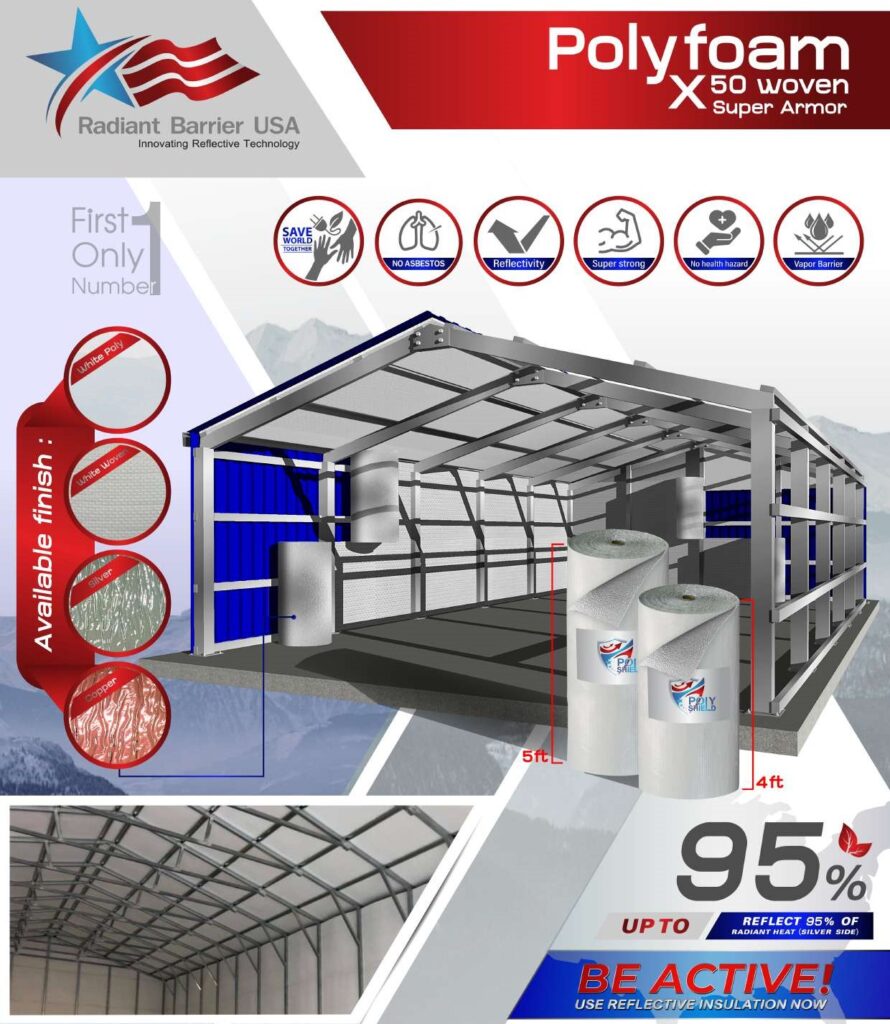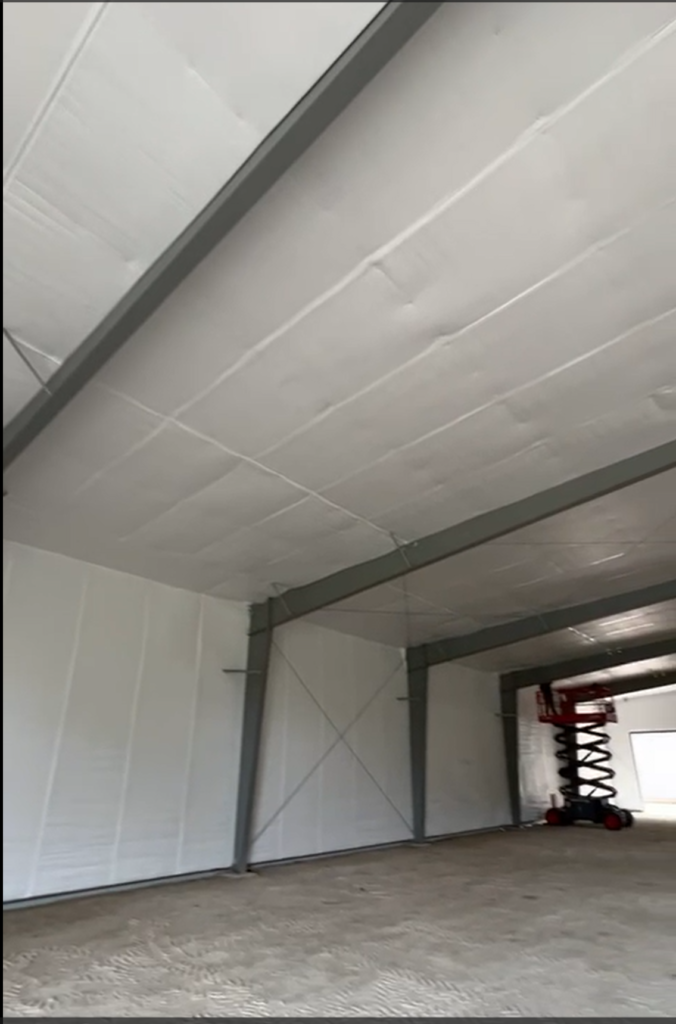We all share the same objective of saving energy. Together, we’re exploring methods to minimize heat gain and loss while optimizing building envelopes. Offering a wider range of products allows us to attract a broader audience. Our latest additions, featuring EPE core products, perfectly complement our barriers and bubble insulation range. We all agree that incorporating radiant barriers or implementing reflective insulation is key to achieving our energy-saving goals and helps us meet our carbon footprint reduction objectives.

Reducing the carbon footprint refers to the process of decreasing the total amount of greenhouse gases, particularly carbon dioxide (CO2), that are emitted directly or indirectly by individuals, organizations, events, or products. In the context of buildings, this involves adopting strategies and technologies to lower the emissions associated primarily with CO2 during a building’s operational lifecycle. This effort is vital for combating climate change, given the substantial contribution of the building sector to global emissions. The most effective approach to achieving carbon footprint reduction in buildings centers on enhancing the energy efficiency of the building envelope and incorporating passive solutions, such as radiant barriers and reflective insulation. These measures not only reduce emissions but also significantly improve a building’s energy performance.

